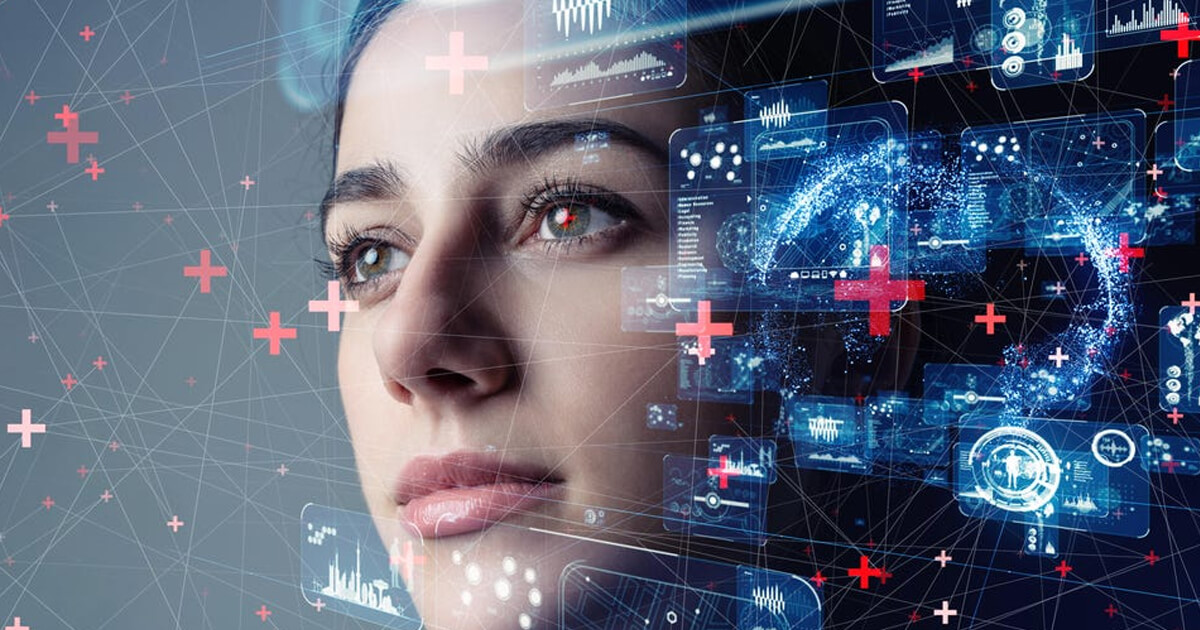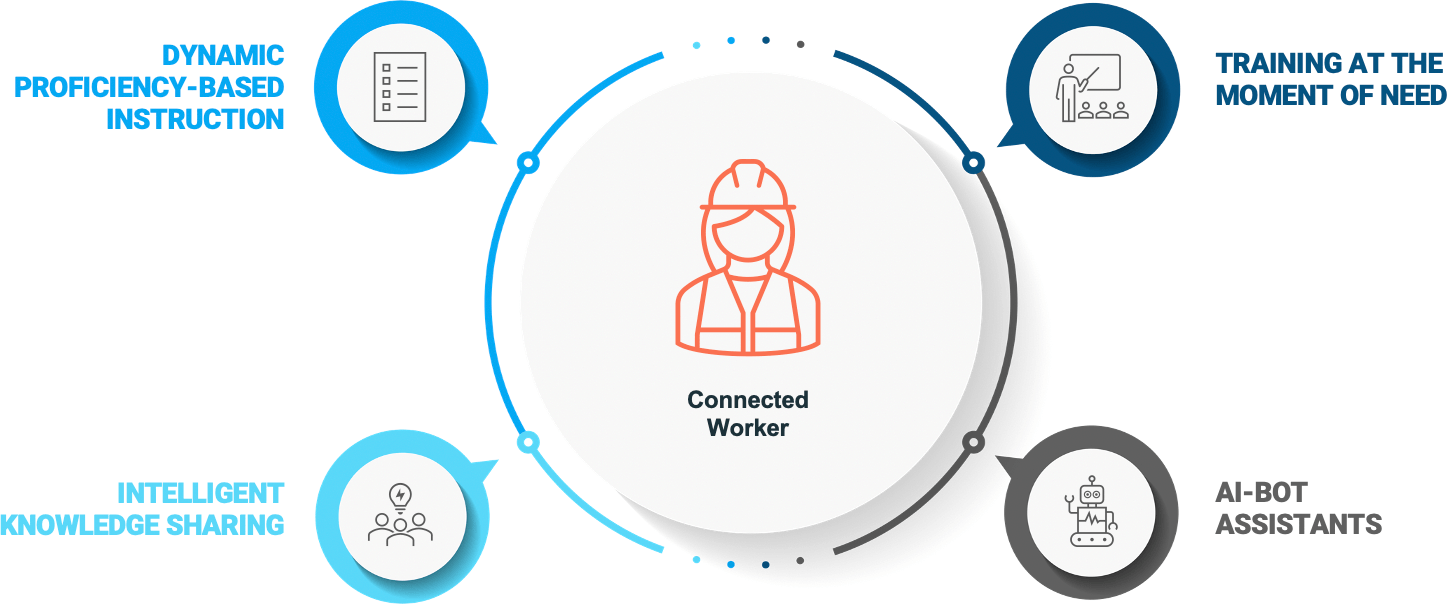Another way that AI is helping to augment workers is through on-the-job targeted training – delivered at the moment of need.
Today’s industrial workforce is changing in real-time – who shows up, what their skills are, what jobs they need to do, is a constantly moving target. The traditional “one size fits all” approach to training, guidance, and performance support is fundamentally incapable of enabling today’s workers to function at their individual peak of safety, quality and productivity.
Traditionally, there was a clear separation between training and work execution, requiring onboarding training to encompass everything a worker could possibly do, extending training time and leading to inefficiencies. Today, with the ability to deliver training at the moment of need, onboarding can focus on everything a worker will probably do, significantly reducing onboarding time. From just-in-time training to digital one point lessons, companies are increasingly re-thinking how they train their workforce.
Connected worker software platforms that are based on a data-driven, AI-supported approach can help train, guide, and support today’s dynamic workforces by combining digital work instructions, remote collaboration, and advanced on-the-job training capabilities.


